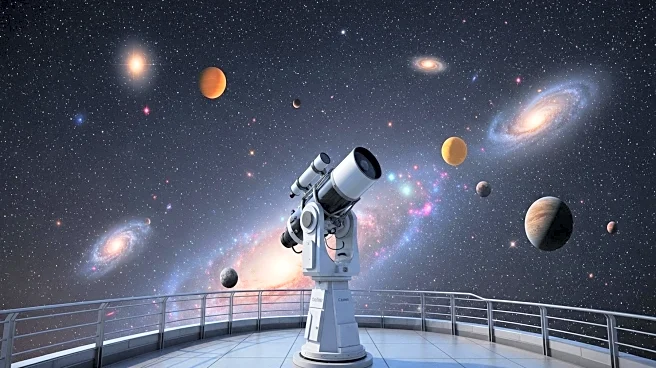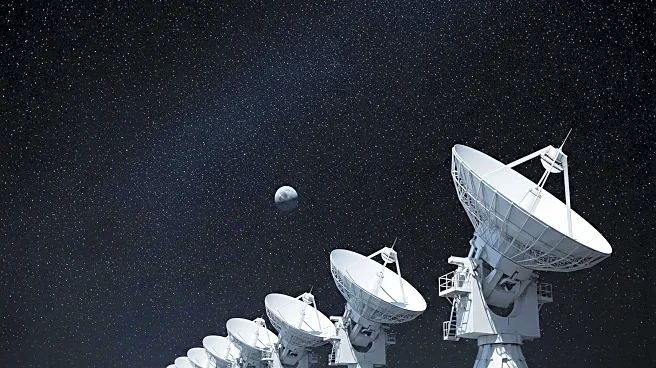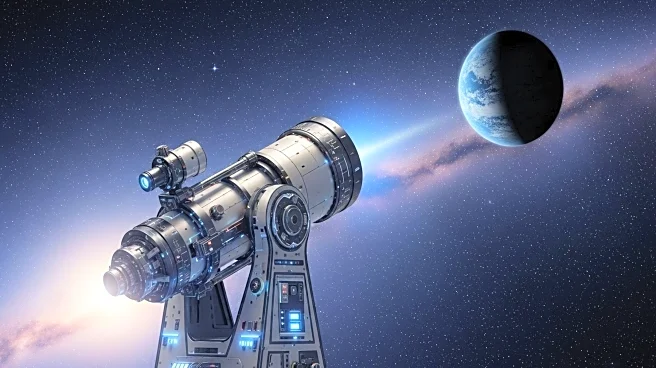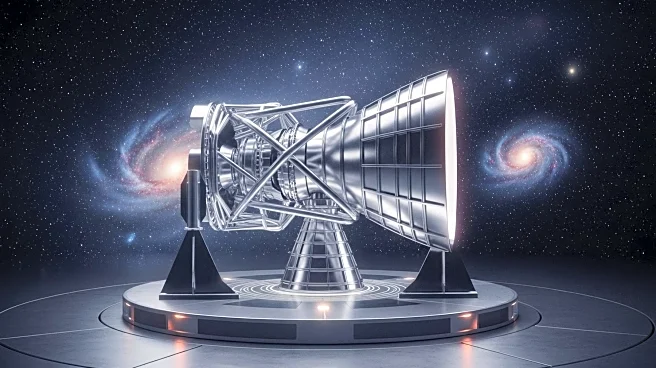What's Happening?
NASA has officially confirmed the discovery of 6,007 exoplanets, a significant milestone in the field of space exploration. The latest addition to this tally is KMT-2023-BLG-1896L b, a Neptune-like world with a mass equivalent to about 16.35 Earths. This achievement highlights NASA's pivotal role in exoplanet discovery, primarily through the efforts of the Transiting Exoplanet Survey Satellite (TESS) and the now-retired Kepler Space Telescope. The exoplanets discovered include a variety of types, such as gas giants, super-Earths, and terrestrial planets, some of which exhibit characteristics unlike any planet in our solar system.
Why It's Important?
The discovery of over 6,000 exoplanets is a testament to the rapid advancements in astronomical technology and research. This milestone not only expands our understanding of the universe but also opens new avenues for studying planetary formation and the potential for life beyond Earth. The diverse range of exoplanets discovered provides valuable data that could help scientists identify planets with conditions suitable for life. This achievement underscores the importance of continued investment in space exploration and the potential for future discoveries that could reshape our understanding of the cosmos.
What's Next?
NASA plans to continue its search for exoplanets, with over 8,000 additional candidate planets awaiting confirmation. The agency's ongoing efforts aim to identify planets that could support life and to explore our cosmic neighborhood further. Future missions and technological advancements are expected to enhance our ability to detect and study these distant worlds, potentially leading to groundbreaking discoveries about the universe and our place within it.










